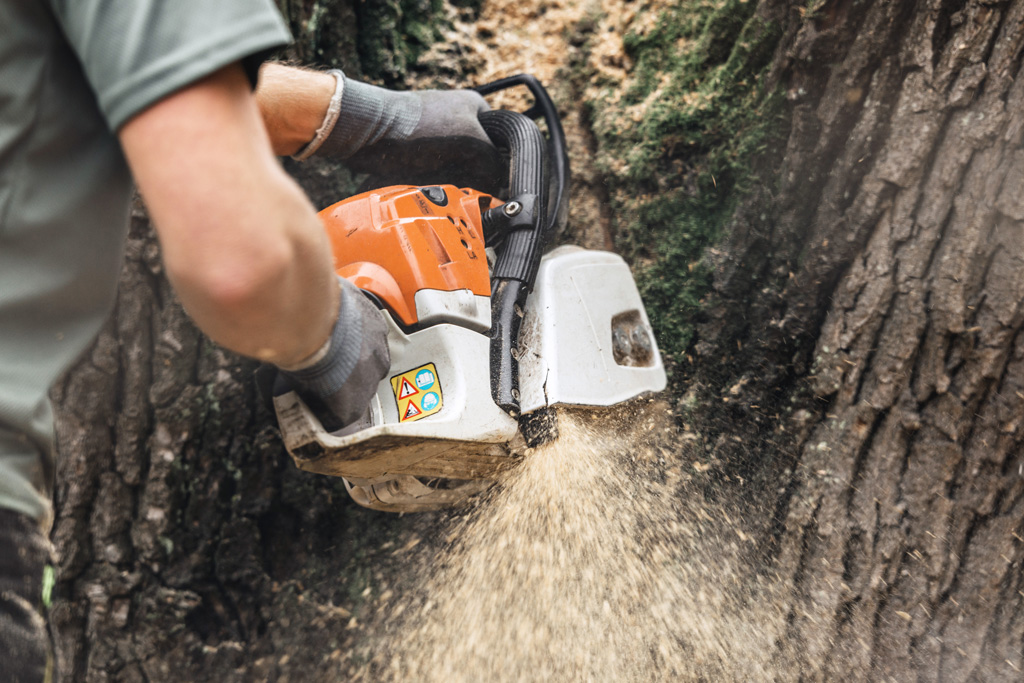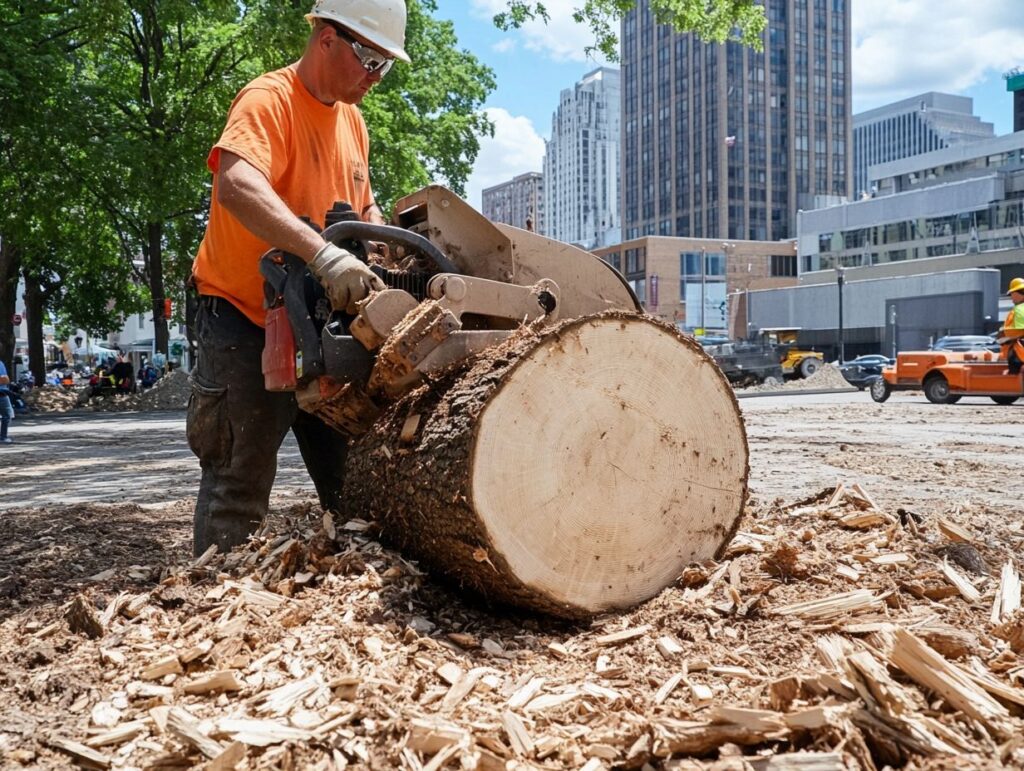How Expert Tree Pruning Services Improve Growth and Safety
How Do Expert Tree Pruning Services Improve Growth and Safety?
Expert tree pruning services transform ordinary trees into thriving, structurally sound landscape features through the skilled hands of professional arborists. These certified specialists apply scientific knowledge and proven techniques to selectively remove branches, creating optimal conditions for robust development while eliminating potential hazards.
Promoting Healthy Growth
Professional arborists assess each tree’s unique characteristics before making precise cuts that promote vigorous growth. They identify and remove dead, diseased, or weakly attached branches that compromise both health and stability. This targeted approach allows trees to redirect energy toward productive growth rather than maintaining damaged tissue.
Ensuring Safety
The safety benefits extend beyond the tree itself. Expert tree pruning services prevent accidents by addressing hazardous limbs before they fail, protecting people and property from falling debris. Proper pruning maintains balanced weight distribution throughout the canopy, reducing stress on the trunk and root system. This dual focus on tree growth and tree safety creates landscapes where beauty and security coexist, adding lasting value to residential and commercial properties.
What Are Expert Tree Pruning Services?
Expert tree pruning services involve the systematic removal of specific branches to improve a tree’s health, structure, and appearance. Professional arborists assess each tree’s unique condition and apply specialized pruning techniques to address issues like disease, overcrowding, or structural weakness. These services go beyond simple trimming by focusing on long-term tree maintenance strategies that support sustainable growth.
Professional arborists are certified specialists trained in tree biology, pathology, and proper cutting methods. They evaluate factors such as branch angles, weight distribution, and potential hazards before making any cuts. Their expertise ensures that pruning decisions support the tree’s natural growth patterns rather than causing stress or damage.
The tools and methods employed reflect industry standards for precision and safety:
- Hand pruners and loppers for smaller branches up to 2 inches in diameter
- Pruning saws for medium-sized limbs requiring clean, controlled cuts
- Pole saws to reach higher branches without compromising stability
- Chainsaws operated by trained professionals for larger structural work
Arborists apply specific cutting techniques like the three-cut method to prevent bark tearing and collar cuts that preserve the tree’s natural healing mechanisms. They also follow established pruning standards that dictate how much foliage can be safely removed during a single session, typically limiting removal to 25% of the canopy to avoid shocking the tree.

How Does Expert Pruning Promote Healthier Tree Growth?
Strategic branch removal, a key aspect of professional pruning, directly targets compromised limbs that drain resources from the rest of the tree. Dead and diseased branches act as entry points for pests and pathogens while consuming nutrients that could support vigorous new growth. Professional arborists identify these problem areas and remove them cleanly, allowing the tree to redirect its energy toward developing strong, productive branches. Regular tree trimming, which is part of expert pruning, further contributes to maintaining the overall health of the tree.
Improving Air Circulation
Air circulation improves dramatically when excess branches are thinned from dense canopies. Stagnant air trapped within crowded foliage creates ideal conditions for fungal diseases and pest infestations. Proper spacing between branches allows wind to move freely through the canopy, keeping foliage dry and reducing disease pressure. This ventilation also helps regulate temperature and humidity levels around the tree.
Enhancing Sunlight Exposure
Sunlight exposure reaches deeper into the tree structure when strategic pruning opens up the canopy. Interior branches that previously existed in shadow begin photosynthesizing effectively, strengthening the entire framework. This balanced light distribution prevents the development of weak, spindly growth while encouraging compact, resilient branch development throughout the tree.
The combination of targeted branch removal, enhanced air movement, and optimized light penetration creates conditions where trees can maximize their growth potential. Each cut serves a specific purpose in building a healthier, more vigorous tree structure.
How Pruning Makes Trees Safer
Reducing Fall Hazards
One of the main reasons why expert tree pruning services are important is because they help reduce the risk of falling branches. These professionals are trained to identify and remove branches that could potentially cause harm. During storms or strong winds, weak or overextended limbs can become dangerous projectiles, posing a threat to people walking below and nearby structures. Professional arborists carefully examine how branches are attached to the tree, looking for signs of decay or poor angles that could compromise stability.
Protecting Your Property
Another significant benefit of strategic pruning is its ability to protect your property. Trees with branches hanging over roofs, power lines, or driveways require special attention to avoid costly damage. A single falling limb has the potential to shatter windows, dent vehicles, or tear through roofing materials, resulting in repair bills that far exceed the cost of preventive pruning.
Maintaining Tree Health
Understanding how trees function is essential for maintaining their health and safety. Arborists employ various techniques such as crown thinning to reduce wind resistance and address weight distribution issues. They also remove co-dominant stems that create weak points in the trunk, preventing catastrophic splitting. By making proper pruning cuts, these professionals ensure that the tree heals correctly and minimizes the risk of diseases entering through open wounds.
Improving Growth and Safety
The connection between expert tree pruning services and improved growth and safety becomes clear when we look at how branches are structured. Removing crossing branches helps prevent wounds caused by rubbing against each other, which can invite diseases into the tree. Thinning out dense canopies allows wind to pass through instead of pushing against solid masses of leaves, reducing the chances of storm damage. These interventions result in trees that are better equipped to withstand environmental pressures while also safeguarding everything underneath their canopy.
Why Is Species-Specific Pruning Important for Optimal Tree Growth and Safety?
Different tree types require different methods to achieve the best results. Species-specific pruning understands that oak trees need different techniques than maples, and fruit trees require unique strategies compared to evergreens. Professional arborists evaluate each tree’s natural growth patterns, branching structure, and susceptibility to diseases before making any cuts.
1. Optimal Timing
The best time to prune varies greatly between species and directly affects success rates:
- Deciduous trees benefit most from late winter pruning when they’re dormant, allowing wounds to heal quickly as spring growth begins.
- Flowering trees like dogwoods and magnolias need pruning immediately after blooms fade to avoid removing next season’s flower buds.
- Birch and maple trees require summer or fall pruning since they bleed sap excessively if cut during spring.
2. Disease Prevention
Preventing diseases depends on knowing the vulnerabilities of each species and the risks associated with different seasons:
- Oak trees in areas with oak wilt must never be pruned during spring and early summer when disease-carrying beetles are active.
- Pine trees need careful timing to prevent pitch moth infestations, while fruit trees require specific pruning windows to minimize fire blight exposure.
3. Matching Pruning Intensity
Expert arborists adjust the intensity of pruning based on growth rates and healing abilities:
- Fast-growing species like willows can handle aggressive pruning, while slow-growing trees like dogwoods need more gentle approaches.
This customized method ensures that each tree receives the right care that maximizes health benefits while minimizing stress and infection risks.
How Do Expert Arborists Manage Emergency Pruning Situations Effectively?
Emergency pruning addresses immediate threats posed by damaged, diseased, or unstable branches that create hazardous conditions. Professional arborists respond quickly to assess storm damage, lightning strikes, disease outbreaks, or structural failures that put people and property at risk.
Rapid Risk Assessments
Certified arborists conduct rapid risk assessments to identify which branches pose the greatest danger. They evaluate factors like:
- Proximity to buildings, power lines, or high-traffic areas
- Size and weight of compromised limbs
- Degree of structural damage or decay
- Weather conditions that may worsen the situation
- Presence of hanging or partially detached branches (widow makers)
Specialized Equipment and Safety Protocols
The removal process requires specialized equipment and safety protocols. Arborists use rigging systems with ropes, pulleys, and controlled lowering techniques to prevent additional damage during branch removal. They wear protective gear and establish safety perimeters to keep bystanders at a safe distance.
Coordination with Utility Companies
For trees near power lines, arborists coordinate with utility companies before beginning work. They may use bucket trucks or climbing equipment depending on the situation’s urgency and accessibility. After removing the immediate threat, they assess whether additional pruning or tree removal is necessary to prevent future emergencies.
Quick response times minimize potential injuries and property damage while preserving as much of the tree’s structure as possible for long-term health.

The Benefits of Professional Tree Pruning: Aesthetic Appeal and Property Value
Professional tree pruning can completely transform the look of your landscape. It creates trees that are not only visually balanced but also architecturally pleasing, significantly boosting your home’s curb appeal.
How Professional Tree Pruning Enhances Aesthetics
Expert arborists employ strategic shaping techniques to enhance the tree’s natural form while removing any awkward or crossing branches that disrupt its silhouette. This approach offers several aesthetic advantages:
- Creating Symmetry: Pruning helps create symmetrical canopies that complement the architectural style of your home.
- Improving Sightlines: By removing low-hanging branches, sightlines are opened up, and the usability of your yard is improved.
- Revealing Beauty: Thinning dense foliage allows attractive bark patterns and branch structures to be visible.
- Maintaining Proportions: Proper pruning ensures that the height of the tree is proportionate to other features in the landscape.
The aesthetic appeal generated through expert pruning directly impacts property value. Real estate studies consistently show that well-maintained trees can increase home values by 7-19%, with mature specimens adding thousands of dollars to sale prices. Buyers perceive professionally pruned trees as indicators of overall property care and quality maintenance.
The Financial Benefits of Professional Tree Pruning
Healthy, attractive trees create inviting outdoor spaces that extend living areas and provide natural focal points. Properties featuring expertly pruned trees photograph better for listings and make stronger first impressions during showings. The investment in professional pruning services pays dividends through enhanced marketability and higher appraisal values, making it a strategic financial decision beyond simple landscape maintenance.
How expert tree pruning services improve growth and safety extends to protecting these valuable aesthetic assets through proper care techniques.
Conclusion
Expert tree pruning services provide measurable benefits to both tree health and environmental safety. Professional arborists use their scientific knowledge and practical experience to promote growth while eliminating hazards that could harm people or property.
The summary of expert pruning benefits shows why professional help is better than DIY methods:
- Removing specific problematic branches makes the tree structure stronger
- Using techniques specific to each species improves health outcomes and growth patterns
- Timing cuts correctly prevents disease spread and encourages robust development
- Making strategic cuts enhances the appearance of the tree while keeping it stable
Knowing how expert tree pruning services improve growth and safety shows how these benefits are connected. Healthier trees with better air circulation and sunlight exposure naturally develop stronger branch structures, reducing future safety risks. Professional arborists assess each tree’s unique needs, applying precise methods that amateur pruning cannot replicate.
Hiring certified arborists protects your landscape investment through evidence-based practices that address immediate safety concerns while also promoting long-term tree health. Their expertise can turn potentially dangerous trees into thriving assets that increase property value and create safer outdoor spaces for years to come.


